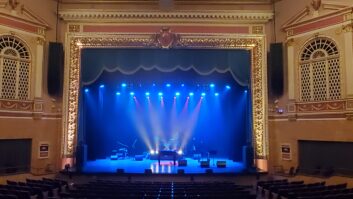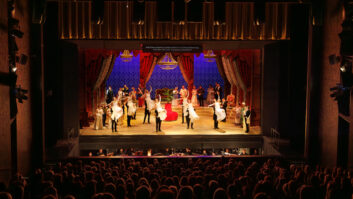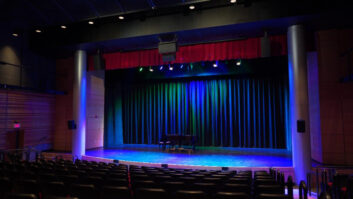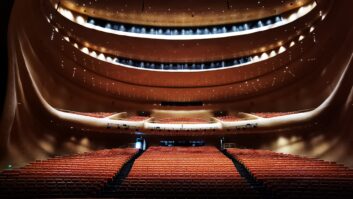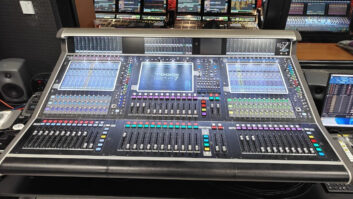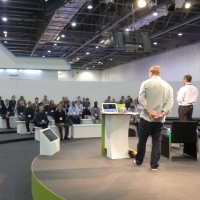
Here’s our second selection of key quotes from the Hub Theatre, which offered a varied programme of seminars at the recent Home Technology Event. IE Residential introduced sessions aimed primarily at property developers, while sister publication Technology For Architects presented a morning of seminars for architects.
Clients in traditional buildings are typically looking for a simpler lifestyle. They don’t want to see a coffee table full of remote controls or wiring that looks like spaghetti. I was staying in a hotel the other day, and in the desk drawer there was a little cut-out for everything – the corkscrew and the hairdryer and stuff like that. In a sense, clients are looking to us to do something similar – to create a place for everything and plan what they’re going to need in that building. Steve Moore, SMC – The Technology Challenge in Traditional Homes We recently obtained listed building consent on a Grade I listed building only because of integrated systems. This was a house in the west of England where we wanted to put a bathroom in a space over a decorated plaster ceiling – late 17th century, one of the best in the country – where there had never even been water before. We installed leak tapes underneath each pipe, connected them to a monitoring system with a wireless setup so that if there’s ever a leak from one of those pipes, the message gets pinged off to someone’s mobile phone or email – because the house isn’t always occupied.
David Myres, Adam Architecture – The Technology Challenge in Traditional Homes
The rooms were very large – and that presents its own difficulties. If you want to watch television in a room that’s over six or seven metres long, you’ve got to have a substantial screen. And that’s a challenge for the interior designer and from a technology point of view. We started this project five years ago, and coming up with hardware that was technologically sufficient and aesthetically appealing was a big difficulty. What we did was we effectively reconstructed this room, and that gave us the depth to put in speakers, the TV and so on – and that helped us to maintain the aesthetic of a white room that looks rather like an art gallery. Simon Williams, Olive AV – Technology Solutions to Liberate Space in the Home A lot of the buildings that we deal with are listed – they are historic structures with significance either locally or nationally – and we are always having to engage with conservation officers to enable getting approval for alterations or exceptions to existing buildings. In that context, we need to understand that certain systems need to be thought about at an early stage when planning a listed building application. I’m thinking of things like satellite dishes, external works like CCTV cameras, or CCTV cameras on poles in the garden. David Myres, Adam Architecture – The Technology Challenge in Traditional Homes
For us, the key challenge [on one project] was representing the character of the property – it’s a Grade II listed Arts and Crafts building with an awful lot of character. Also, in that area of London the residential committees are incredibly dogmatic and very protective of the character of the buildings. So at every stage of the planning, the overall feel of the building had to be represented. To an extent, that’s in complete contrast with what we were trying to do – we’re trying to put large TVs in, we’re trying to put in lighting control systems, HVAC systems. So that was really our key challenge. Simon Williams, Olive AV – Technology Solutions to Liberate Space in the Home It’s obvious that a conservation officer is trying to make sure that the building isn’t disrupted or compromised in some way. But it wasn’t immediately obvious to us that they might want to protect elements of the building that one would never see. In a number of cases, the original beams, behind the scenes, had to be retained and new steels were put alongside them – which reduces the space for services. Also, the owner of a building may have different needs from a subsequent owner. It’s the job of the conservation office r to ensure that the quality of the building is maintained irrespective of the owner. So anything that owner A puts in needs to be capable of being taken out if it’s not relevant to owner B, without destroying the structure of the building. Steve Moore, SMC – The Technology Challenge in Traditional Homes www.hometechnologyevent.co.uk

